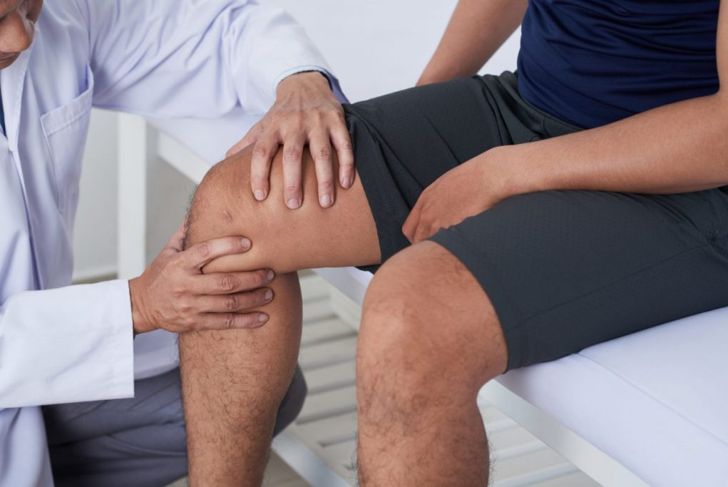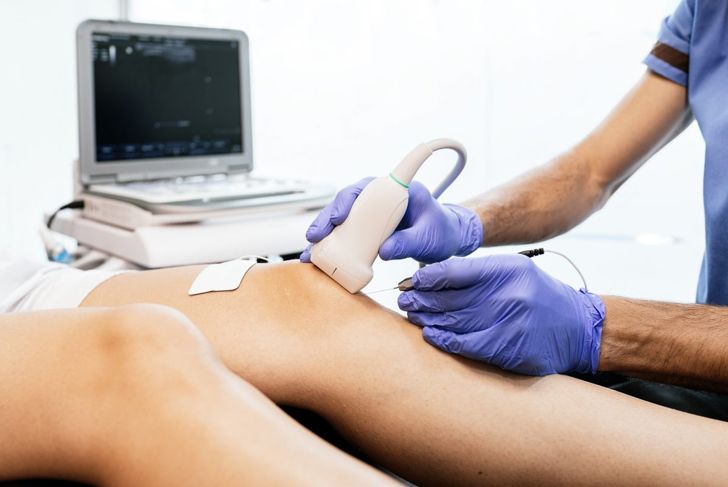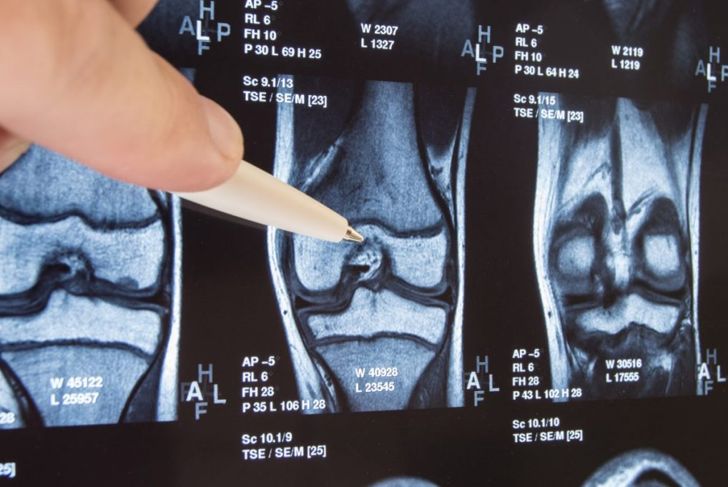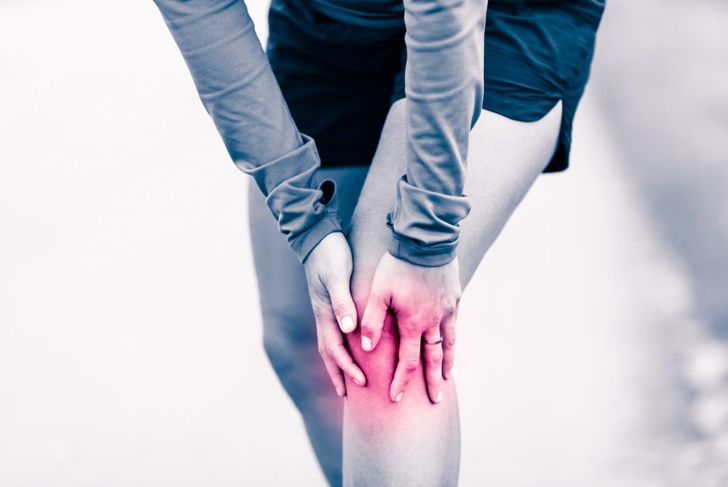The iliotibial (IT) band is a large structure that stabilizes the major joints of the hip and the knee. It starts at the pelvis, runs down the hip and the side of the leg, stopping at the top of the tibia. Overuse of the IT band can result in pain in the outer knee, known as iliotibial band syndrome. Because runners and cyclists often experience IT band syndrome, due to the repetitive nature of their sports, some medical professionals call the condition “runner’s knee.”
Physiology
Most people flex and extend their knee joint countless times a day. The movement requires the iliotibial band to pass along a prominent bony section where the femur meets the knee — the femoral epicondyle. A fluid-filled sac called a bursa cushions this movement, but repeated rubbing in this area can cause inflammation to the sac, resulting in tenderness.
Causes
The most common cause of iliotibial band syndrome is exercise. Runners and cyclists are most likely to experience the condition, but it can also affect other athletes. Any exercise that involves repetitive movement of the knees can cause IT band syndrome. Weight lifters, who squat frequently, and rowers are also at risk.
Triggers for Iliotibial Band Syndrome
Although exercise is the number one cause of iliotibial band syndrome, other factors can also contribute. Atypical physical anatomy can predispose a person to IT band problems. If the pelvis is not straight, or if a person has unequal leg lengths, one leg may compensate with extra movement. This can cause increased irritation to the IT band on one side, increasing the risk of developing IT band syndrome. Runners who always run on the same side of the road can replicate the posture of a discrepancy in leg length due to uneven road surfaces. Weak quadriceps and a lack of flexibility may also be contributing factors.
Symptoms
One of the first signs that the iliotibial band is becoming irritated is a sensation of tingling or stinging in the knee. This will progress to a pain in the lateral part of the knee, particularly when the heel strikes the ground. As the symptoms worsen, the pain becomes more frequent, occurring even when walking or going up or down stairs, and can spread up through the thigh and hip. Along with pain, people sometimes describe a popping sensation or swelling at the knee joint.
Diagnosis
The origin of the pain from IT band syndrome is the lateral side of the knee, where the IT band runs across the femoral epicondyle. Physicians can palpate this area to test for tenderness. Reports of pain when the heel strikes the ground also support a diagnosis of iliotibial band syndrome. The physician can rule out other forms of injury with an MRI scan, if necessary.
Treatments
As the primary cause of IT band syndrome is overuse, rest is the predominant treatment. Elevating the leg and applying an ice pack can reduce swelling further. Foam rollers and other massage techniques can stretch the tissues and reduce inflammation. Stretching exercises are also helpful. More advanced treatment methods include electricity or ultrasound waves to treat irritation.
Advanced Treatments
First-line non-invasive treatments are not always successful. Steroid injections can alleviate more persistent cases of IT band syndrome. However, repeated use of steroids can also weaken surrounding tissues, creating other problems. Surgery to release the tight iliotibial band may be an option when other treatments fail.
Preventing Recurrence
Addressing the root cause of iliotibial band syndrome is important for preventing recurrence. Rather than advising a person to stop exercising, medical specialists are likely to encourage safety and correct alignment to minimize risk. A physical therapist can assess posture, gait, and movement, and suggest suitable exercises or therapies to prevent ongoing problems.
Research
Scientists and physiologists consider the causes and treatments of iliotibial band syndrome as unproven. The existing theory — that the IT band rubs across the femoral epicondyle, causing inflammation — has been called into question. Recent investigations suggest that the fascia of the IT band does not slide across the bone but instead tightens to create tension. Surgical intervention reveals that inflammation is not always present in cases of iliotibial band syndrome and that other factors may cause pain.
Future Management
Research into the causes of iliotibial band syndrome is ongoing. Until physiologists can be sure of the origins of the condition, the suitability of treatment options remains unproven. The optimal treatment currently consists of a multi-faceted approach of stretching, massage, medication, and, in some cases, surgery. Early recognition and intervention are crucial for preventing the escalation of the condition.

 Home
Home Health
Health Diet & Nutrition
Diet & Nutrition Living Well
Living Well More
More




















